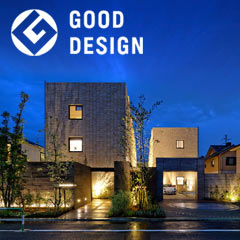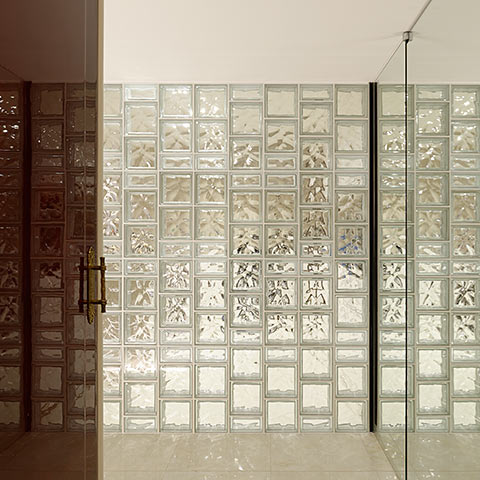Visit to CERSAIE 2105
I was invited to CERSAIE 2015, the world's largest international trade fair for ceramic tiles and bathroom products, which was held in Bologna, Italy, so I went to check it out.
Because the exhibition was so large, it was not possible to see all the booths, but the exhibits were almost all consistent, so the trends were very easy to understand. In about two years, Japan may be dominated by these trends. There were three major trends.
1. Flooring style

What caught my eye the most were the wood-based tiles. Among them, each company put a lot of effort into creating tiles that expressed a vintage feel. They even paid special attention to the texture.
2. Cement-like

Alongside wood tiles, cement (mortar-like) tiles were always on display, with these also mainly featuring a vintage feel.
3 Rusty

Not limited to flooring and cement, there were many tiles that expressed a weathered look with various patterns of stone, brick, and textiles.
■ Italy and ceramic tiles
Recent digital printing technology (inkjet) has made it possible to easily reproduce any pattern realistically, revolutionizing the world of ceramic tiles. Currently, production is thriving in China, Brazil, India and other countries, but why is Italy at the forefront?
The opening ceremony for Cersaie was held in a large hall of a historic palace in Sassuolo (about an hour's drive from Bologna), an area densely populated by tile factories. I was entranced as I gazed upon the magnificent frescoes that covered the entire ceiling.

(The venue, Palazzo Ducale. The huge statues that greeted us looked like Nio statues.) 
(The great hall where the celebration took place is covered with frescoes.) 
(Amazing fresco on the ceiling. Can you tell from the horizontal moldings above that it's not real?)
Japanese sliding door paintings are similar in that they also create imaginary spaces, but frescoes are realistic while sliding door paintings are abstract.
For example, in Japan the plaster on walls is simply white, flat, and pressed down with artistic craftsmanship.
Meanwhile, Italy invented a marble-like plaster (Venetian stucco) that contained marble powder instead of expensive marble. (This was also a labor-intensive and elaborate process.)
This sensibility is in keeping with his passionate pursuit of ultra-realistic ceramic tiles.
Of course, another factor behind this is the need to pursue technology and differentiate due to fierce competition with other regions where labor is cheap.
However, I believe that it is this sensibility that will see Italy continue to be at the forefront of ceramic tile.
As an aside, there are realistic wood seats in Japan, but they only reproduce the texture of wood. If it were Italy, they would go two or three steps further and not only make the material more realistic, but also reproduce the vintage feel and texture of worn paint. No matter how long you wait, the seats will never develop a certain flavor.
■ Extra large tiles
In addition to the trends mentioned above, one area in which Italy has stood out technologically in recent years is the increasing size of tiles.
Several companies are producing large format tiles measuring up to 3.2m x 1.6m.
With a size this large, you can create a solid kitchen counter.
Moreover, with tiles, you can use soft stone types that are not suitable for countertops.
Extra-large tiles have the potential to develop new markets that have never existed before.

(A huge tile. It is thin at only 6mm thick, but the back is reinforced with resin.)
I immediately began to closely observe and study the details of the edges and fastenings of large tiles to see if I could use them in an ongoing project, but my honest impression is that it is quite difficult.
Even full-body tiles (tiles whose interior is made of the same material as the surface, so that the cross-section looks minimal) are difficult.
Even if the parts are fastened together, there will be a slight difference in the texture of the edges.
I was reminded that the solid texture of natural stone is crucial in the last 1mm of the edge.

(Countertop example. The texture of the edges is inferior to that of the tile surface.
I wish the tile pattern was continuous at least on the top and sides.
However, I found a product where the pattern continued all the way to the inside!
This product is manufactured by FMG and is sold domestically by ABC Shokai.

(A solid, extra-large marble-like tile with a continuous pattern throughout.)
This visit was a valuable experience that allowed me to deepen my knowledge about ceramic tiles.


